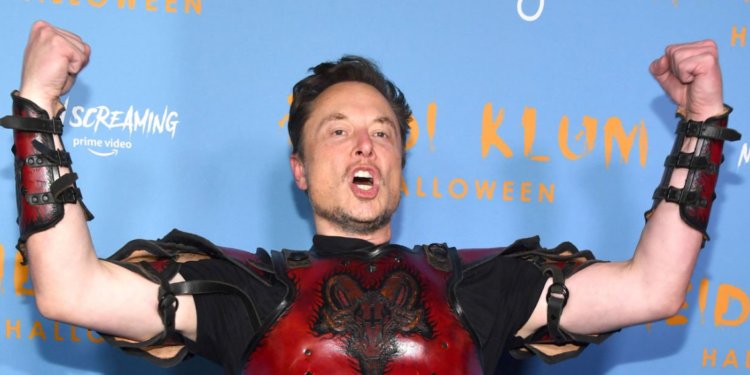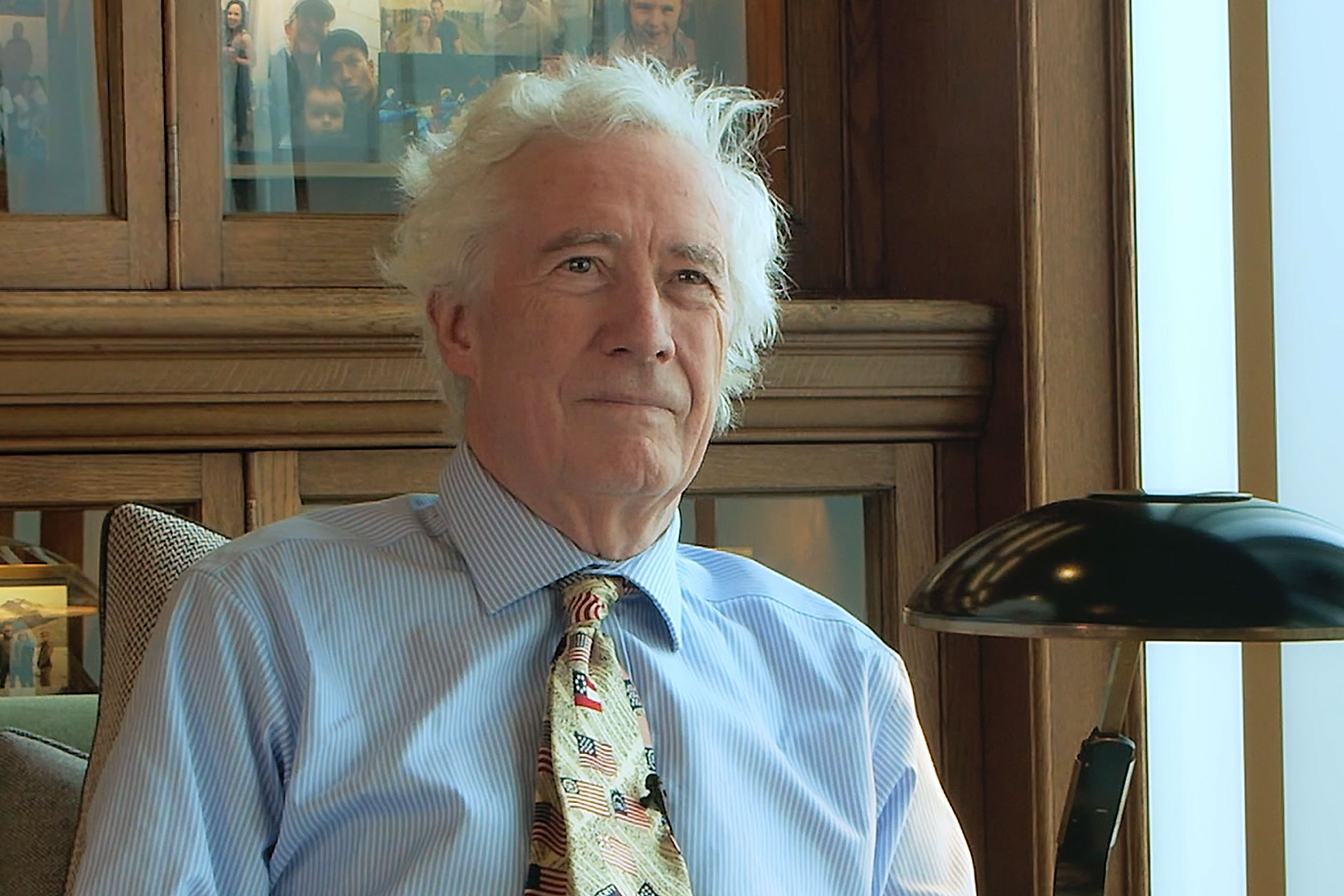In an eventful Presidential campaign, to say the least, the suggestion that Elon Musk would be tasked with gutting the Federal bureaucracy stood out for me. Why? Because of what he did to Twitter. I spend a lot of time in organisations like that. I see how bloated they become, how they develop an immunity to ‘transformation’ initiatives, shaking them off or adsorbing their remnants as yet another layer on the management mud ball. I see it close-up in tech organisations but we all see it in so-called reforms of the NHS and other state sectors.
When Musk bought Twitter in October 2022, he commenced a transformation like no other. It was summarised in a tweet from the company’s engineering feed one year later. Ignore the tech jargon, the numbers are the point:
This has been a year full of engineering excellence that sometimes can go unnoticed. Besides all the visible changes you see on our app, here are some of the most important improvements we have made under the hood.
- Consolidated the tech stacks for For you, Following, Search, Profiles, Lists, Communities and Explore around a singular product framework.
- Completely rebuilt the For you serving and ranking systems from the ground up, resulting in a 90% reduction in lines of code from 700k to 70k, a 50% decrease in our compute footprint and an 80% increase in the throughput of posts scored per request.
- Unified the For you and video personalisation and ranking models, which significantly improved video recommendation quality.
- Refactored the API middleware layer of our tech stack and in doing so simplified the architecture by removing more than 100k lines of code and thousands of unused internal endpoints and eliminating unadopted client services.
- Reduced post metadata sourcing latency by 50% and global API timeout errors by 90%.
- Blocked bots and content scrapers at a rate over 37% greater than 2022. On average, we prevent more than one million bots signup attacks each day and we’ve reduced DM spam by 95%.
- Shut down the Sacramento data centre and re-provisioned the 5,200 racks and 148,000 servers, which generated more than $100 million in annual savings. In total, we freed up 48 MW of capacity and tore down 60,000 lbs of network ladder rack before re-provisioning it to other data centres.
- Optimised our usage of cloud service providers and began doing much more on-prem. This shift has reduced our monthly cloud costs by 60%. Among the changes we made was a shift of all media/blob artifacts out of the cloud, which reduced our overall cloud data storage size by 60%, and separately, we succeeded in reducing cloud data processing costs by 75%.
- Built on-prem GPU Supercompute clusters and designed, developed and delivered 43.2Tbps of new network fabric architecture to support the clusters.
- Scaled network backbone capacity and redundancy, which resulted in $13.9m per year in savings.
- Started automated peak traffic failover tests to validate the scalability and availability of the entire platform continuously.
Take it from me, that’s absolutely astonishing and they don’t mention that it all happened while reducing the headcount from 8,000 to 2,000. Musk thinks he can take $2 trillion out of the federal budget if he is appointed to a new Department of Government Efficiency (Doge, geddit?) With his track record at Twitter, I believe him.















To join in with the discussion please make a donation to The Daily Sceptic.
Profanity and abuse will be removed and may lead to a permanent ban.